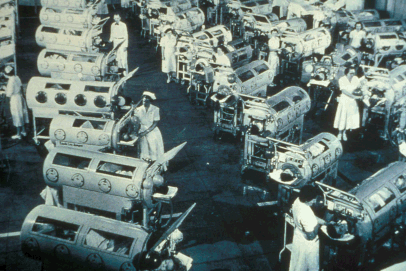At the risk of speaking too soon, there is a real chance that within a few years, polio could officially be declared ‘eradicated’ by the WHO.
This would make it only the second infectious illness affecting humans to be definitively wiped out. Polio would join smallpox in the history books.
Afghanistan and Pakistan are last two countries to have reported cases of wild poliovirus. But so far this year, there have been none.
If that holds to the end of the year, both countries could achieve ‘polio free’ status.
After three consecutive years of the world being polio free, the WHO would formally sound the death knell for a disease that has inflicted misery on mankind.

Maps and data
That would be an immense achievement. The Global Polio Eradication Initiative (GPEI) was launched in 1988 and reduced polio worldwide by 99% by the turn of the century.
The final 1% has been the most difficult but the end is in sight thanks to collaborations between international agencies, philanthropists and aid organisations.
The hard-to-reach mountainous regions that span the Afghan-Pakistani border have been complex for a range of reasons.
Not only are there security and political risks for health workers, and logistical challenges transporting vaccines and personnel to remote communities, the lack of basic infrastructure poses challenges.
For starters, health systems are weak. There are often no formal clinics, no trained health professionals and no fridges to keep vaccines at a stable temperature, let alone patient records or disease surveillance systems.
And in many cases, there are no maps. Or at least no up-to-date accurate maps. And no census or official birth records to provide population data.
This prompted non-governmental organisations and the WHO to use new technologies to map remote regions.
What next?
At the risk of sounding complacent, the debate may soon turn to the legacy of the eradication programme.
Should the experience and infrastructure be turned on other disease targets and, if so, which ones? Or should general investment to strengthen health systems be the priority?
The existing surveillance system built to monitor polio may be valuable in collecting data on Zika, for example. Wiping out measles is seen as another feasible and worthwhile goal.
And maybe there are even broader lessons that could be taken and applied to other grand challenges like ending poverty or dealing with climate change.
Note: We recorded this video three years ago, hence the reference to 200 cases of polio.
What global problem would you like to see eradicated?



